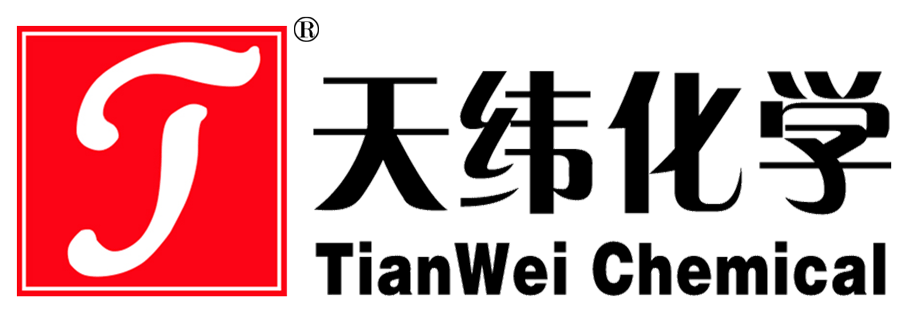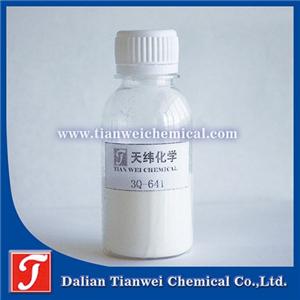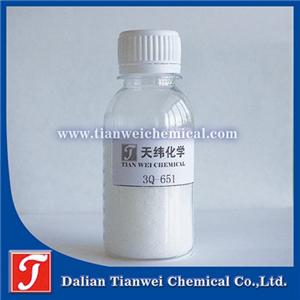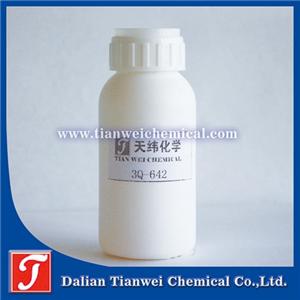How to apply UV antibacterial coating to hospital wall panels
The production of UV antibacterial coating for hospital wall panels needs to be combined with the material properties, process flow and medical environment requirements to ensure the dual guarantee of antibacterial performance and construction quality. The following are the specific operation steps and key points:
I. Material Selection and Preparation
Substrate requirements
High-density asbestos-free fiber cement board, calcium silicate board or antibacterial inorganic pre-coated board are selected as the base material to ensure A smooth surface, low water absorption rate (≤5%) and fire resistance rating reaching Grade A.
The substrate needs to undergo sanding treatment, with the surface roughness controlled at Ra0.8-1.6μm to enhance the adhesion of the coating.
UV antibacterial coating formula
Resin system: Acrylic or polyurethane UV resin is adopted, combined with photoinitiators (such as 184, TPO) and reactive diluents (such as TPGDA).
Antibacterial agents: Add nano-silver ions (concentration 0.5%-1.2%) or quaternary ammonium salt antibacterial agents to ensure that the antibacterial rate against Staphylococcus aureus and Escherichia coli is ≥99%. Recommendation: Silver ion antibacterial agent
Additives: Add leveling agent (0.1%-0.3%), defoamer (0.05%-0.1%) and ultraviolet absorber (3%-5%) to enhance the performance of the coating.
Ii. Construction Process Flow
Substrate pretreatment
Cleaning: Wipe the surface of the substrate with isopropyl alcohol to remove oil stains and dust.
Grinding: Use 240-mesh sandpaper for grinding to ensure that the surface is free of scratches and burrs.
Primer treatment: Apply epoxy resin primer with a thickness of 20-30μm to enhance adhesion.
UV antibacterial coating application
Coating method: Roller coating or spray coating process is adopted, with the single-layer coating thickness controlled at 30-50μm.
Curing conditions:
UV curing: Use mercury lamps or LED-UV equipment, with a wavelength of 365nm, a light intensity of ≥800mW/cm², and a curing time of 10-15 seconds.
Thermal curing assistance: For thick coatings, they can be pre-dried at 60-80℃ for 5 minutes before UV curing.
Multi-layer coating: Apply 2 to 3 layers as required. After each layer has cured, gently sand it with sandpaper (400 mesh) to ensure the adhesion between layers.
Post-processing and inspection
Performance testing
Adhesion: The 100-grid test reaches grade 0 (ASTM D3359).
Antibacterial property: According to the GB/T 21866-2008 standard, the antibacterial rate within 24 hours is ≥99%.
Wear resistance: The coating is not damaged after Taber 5135 revolutions (CS-10 wheels, 500g load).
Surface treatment: Apply anti-fouling topcoat to enhance chemical resistance and ease of cleaning.
Iii. Key Technical Points
Antibacterial agent dispersibility
Nano-silver ions need to be pre-dispersed in the diluent and stirred for 30 minutes using a high-speed mixer (3000 RPM) to avoid agglomeration.
Optimization of UV curing parameters
The curing energy needs to reach 300-500mJ/cm², which can be controlled by adjusting the power of the lamp tube or the speed of the conveyor belt.
Environmental control
The construction environment temperature should be between 20 and 25℃, and the humidity should be no more than 60%. Avoid bubbling or sagging of the coating.
Iv. Application Cases and Effects
ICU ward of a certain tertiary hospital: Nano-silver ion UV antibacterial coating was adopted. After construction, the total number of bacteria on the surface was ≤5CFU/cm², which was in line with the "Hygienic Standard for Disinfection in Hospitals" (GB 15982-2012).
Maintenance cycle: The coating life can reach 5 to 8 years. For daily cleaning, use neutral cleaners and avoid strong acids and alkalis.




